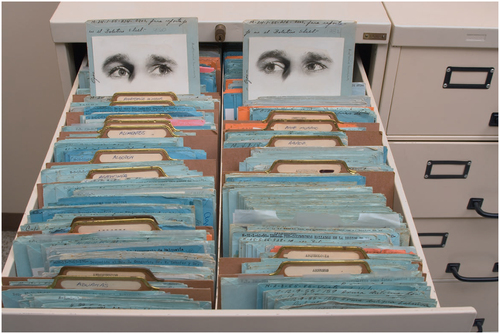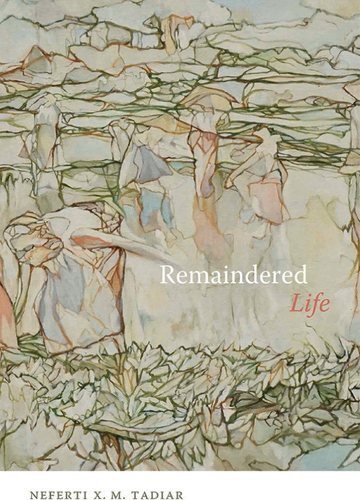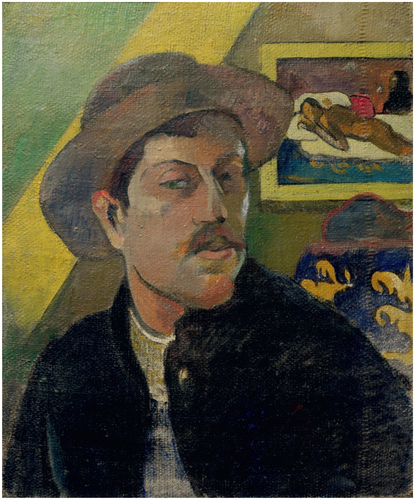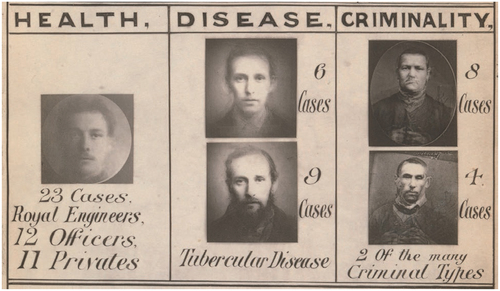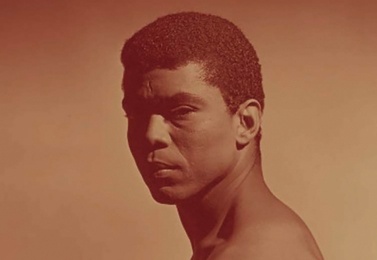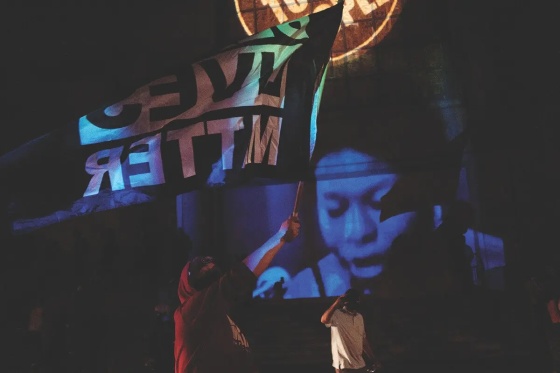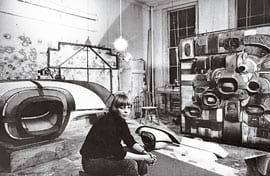Ángela Bonadies’s photographs and the encounter of the archive
Category: From Art Journal
War, Capitalism, and Remaindered Life
A look at contemporary global capitalism through the human lens
Forum on Latin American Art Criticism
From the AJO Archives: six contemporary writers examine the contributions of six foundational voices in Latin American modernist art criticism
Reappropriating Gauguin in Contemporary Polynesian Photography
Mary Trent examines the work of contemporary photographers Namsa Leuba and Yuki Kihara as critical reappropriations of Paul Gauguin’s Tahitian paintings
Facing Photographic Acts (After Allan Sekula)
In the spirit of Allan Sekula, an analysis of the creative practices of Tomoko Sawada and Shabtai Pinchevsky
Constellatory Blackness
Revisiting the legacy of Alvin Ailey
Nalini
Artist Arpita Shah’s deeply personal journey to connect with and honor the women in her family.
Fugitive Utterances in Modernity’s Song
Uri McMillan on challenging the prevailing understanding of a universal aesthetic
Silent Voices and Absent Referents
Maia Toteva reviews Misty Gamble in Lubbock, Texas
“Politics in Matter”: Concrete Expressions in Contemporary Palestinian Art of Resistance
How Palestinian artists in Israel are using concrete to convey struggle, violence, defense, and fear
The Terms of Craft and Other Means of Making: Lee Bontecou’s Hybrid Trajectory
From the AJO Archives revisits this 2012 essay exploring Lee Bontecou’s experimental sculpture technique
Robert Blanchon: AIDS and the Question of Conceptualism
Subjectivity, conceptual expression, and AIDS imagery in the work of Robert Blanchon

